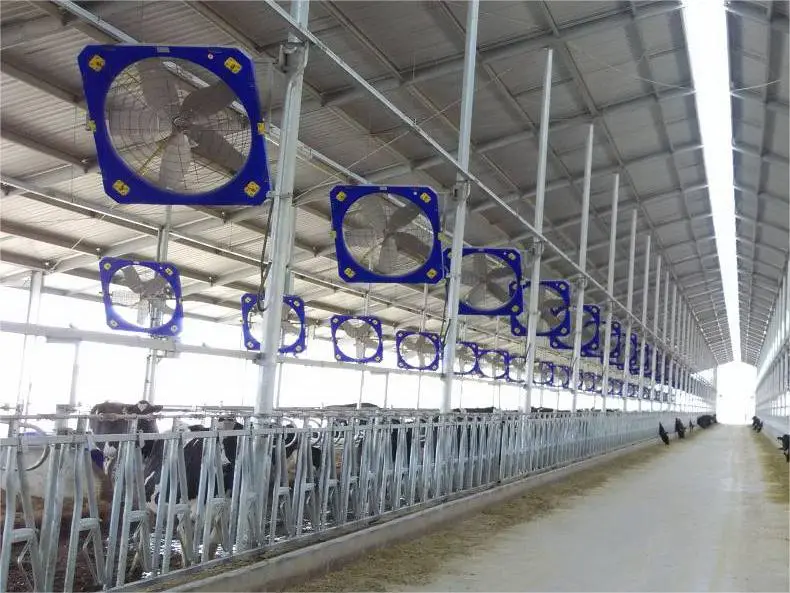Create Time: 04 ,19 ,2023
Roll molding and blow molding are common plastic molding processing methods, they have some advantages and application scenarios.
Roll molding and blow molding are two different plastics processing technologies.
The rolling process, also known as rotary molding or rotary injection molding, is to place a section of hot soft plastic material in the center of the mold and distribute it evenly throughout the surface of the mold by rotating the mold to eventually form the desired product. It is often used to make large, complex shapes, such as oil storage tanks, trash cans, etc.
Blow molding process, is the use of high pressure air to heat polyethylene (PE) and other resins into the mold, in a certain period of time, natural cooling to form the required product. Often used to make small and medium-sized hollow items, such as plastic bottles, toys, etc.
Therefore, the main difference between the rolling process and the blowing process is that the scope of application is different. Rolling process is suitable for large and complex shape product manufacturing; The blow molding process is suitable for small and medium-sized hollow goods production.


Compared with blow molding process, roll molding process has the following advantages:
1. Uniform thickness: The rolling process can produce products with very uniform thickness, smooth surface and no burr. This makes it superior to the blow molding process for making large, monolithic parts.
2. Save raw materials: under the same conditions, the raw materials used in the rolling process are much less than the blow molding process, which can help enterprises reduce production costs.
3. High product accuracy: The control system of the rolling machine is more advanced, which can accurately control the operating parameters, so as to improve the production accuracy of the finished products.
4. High manufacturing efficiency: compared with blow molding, rolling machinery and equipment are more excellent in terms of production efficiency. They can complete continuous processing tasks quickly and efficiently, and can realize mass production through automation technology.

 English
English  中文
中文 









